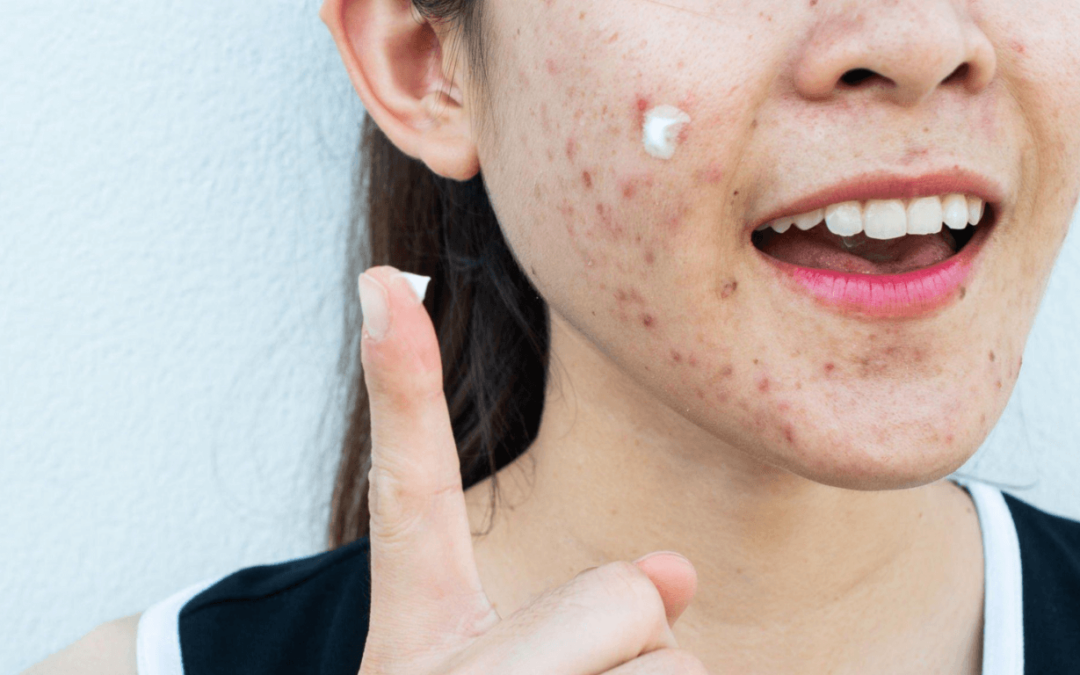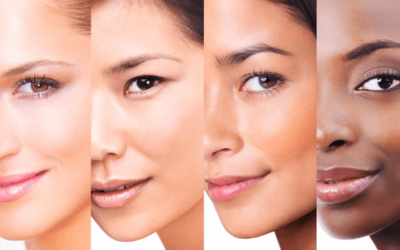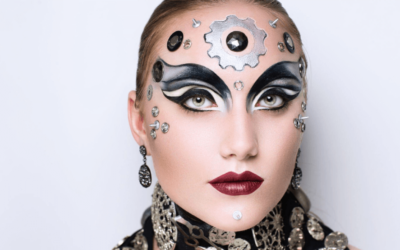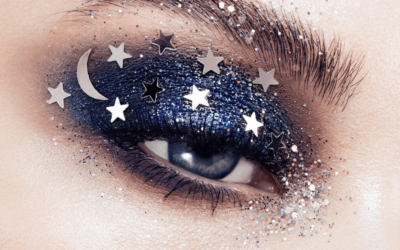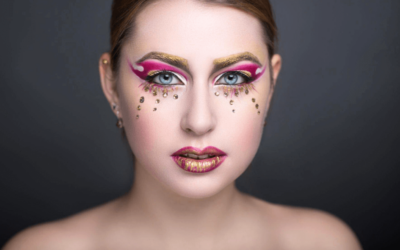Makeup is a powerful tool that allows us to express our creativity and enhance our features. However, for some individuals, the relationship between makeup and acne can be a frustrating one.
The appearance of breakouts after using certain makeup products can be disheartening and leave you wondering, “Why am I experiencing acne from makeup?”
In this comprehensive guide, we will delve into the world of acne from makeup, shedding light on the potential causes, prevention strategies, and best practices for maintaining clear, healthy skin.
Let’s uncover the truth behind these breakouts and regain confidence in our beauty routines!
Understanding Acne and its Triggers
Before delving into the connection between makeup and acne, it’s essential to grasp the basics of acne and its underlying causes.
Acne is a common skin condition characterized by the presence of pimples, blackheads, whiteheads, and sometimes cysts. Several factors can contribute to the development of acne, including:
Hormonal Changes
Hormonal fluctuations, particularly during puberty, menstruation, or pregnancy, can trigger acne breakouts. These hormonal shifts stimulate the sebaceous glands to produce excess oil, leading to clogged pores and inflammation.
Excess Sebum Production
Sebum, an oily substance produced by the sebaceous glands, plays a vital role in maintaining skin hydration. However, excessive sebum production can contribute to clogged pores, creating an environment conducive to acne-causing bacteria.
Clogged Pores and Bacteria
When dead skin cells, oil, and bacteria accumulate in the pores, they can become clogged, leading to the formation of comedones (blackheads or whiteheads) and potentially triggering inflammatory acne.
External Irritants and Allergens
External factors, such as environmental pollutants, harsh skincare products, and certain cosmetics, can irritate the skin and contribute to acne breakouts.
Identifying and avoiding these potential triggers is crucial for maintaining clear skin.
Makeup and Acne: Potential Culprits
While makeup is not a direct cause of acne, certain ingredients or application practices can exacerbate or contribute to breakouts. Here are some potential culprits to be mindful of:
Comedogenic Ingredients
Some makeup products contain comedogenic ingredients that have a higher likelihood of clogging pores. These ingredients can include oils, waxes, and certain emollients.
It’s essential to check the ingredient list for comedogenic substances and opt for non-comedogenic or oil-free alternatives.
Heavy, Occlusive Formulas
Certain heavy or occlusive formulas, such as thick foundations or concealers, can create a barrier on the skin, trapping oil and bacteria.
This can lead to pore blockage and contribute to acne breakouts. Lightweight, breathable formulas are generally more suitable for acne-prone skin.
Irritating Ingredients and Fragrances
Makeup products containing irritating ingredients or fragrances can disrupt the skin’s natural balance and trigger inflammation.
Look for products labeled as fragrance-free and avoid those with known irritants such as alcohol, menthol, or certain essential oils.
Unhygienic Application Practices
Improper makeup application practices, such as using dirty brushes or sponges, can introduce bacteria to the skin, potentially leading to breakouts.
It’s important to regularly clean and sanitize your makeup tools to maintain their hygiene.
Tips for Preventing Makeup-Induced Acne
Preventing acne breakouts from makeup involves implementing a skincare routine and makeup application practices that prioritize skin health. Consider the following tips:
Prioritize Skincare
Establish a consistent skincare routine that includes gentle cleansing, exfoliation, and moisturization. Choose skincare products specifically formulated for acne-prone skin, focusing on non-comedogenic, oil-free, and fragrance-free options.
Patch Test New Products
Before incorporating new makeup products into your routine, perform a patch test on a small area of skin. This helps identify any potential adverse reactions or sensitivities before applying the product to your entire face.
Read and Understand Labels
Thoroughly read the ingredient labels of your makeup products and familiarize yourself with any potentially comedogenic or irritating substances.
This knowledge allows you to make informed choices and select products that are less likely to cause breakouts.
Cleanse and Prime
Ensure your skin is clean and properly prepped before applying makeup. Cleanse your face to remove any dirt, oil, or previous makeup residue. Follow with a lightweight, oil-free primer to create a smooth base for makeup application.
Choose Suitable Formulas
Opt for makeup products specifically designed for acne-prone or sensitive skin. Look for oil-free, non-comedogenic, and dermatologist-tested formulations.
Lightweight, breathable formulas, such as mineral-based or water-based options, are generally more suitable for acne-prone skin.
Practice Good Hygiene
Regularly clean and sanitize your makeup tools, including brushes, sponges, and applicators. Wash brushes at least once a week using a gentle cleanser or a dedicated brush cleanser. Replace sponges and disposable applicators regularly.
Treating Acne Breakouts
In addition to prevention strategies, it’s important to address acne breakouts promptly and effectively. Here are some key steps for treating acne:
Gentle Cleansing
Cleanse your face twice daily using a gentle cleanser specifically formulated for acne-prone skin. Avoid harsh scrubbing or abrasive cleansers, as these can further irritate the skin and worsen acne.
Spot Treatment
For individual acne lesions, consider using spot treatments containing ingredients like benzoyl peroxide or salicylic acid. These ingredients can help reduce inflammation, unclog pores, and speed up the healing process.
Non-Comedogenic Makeup Removal
At the end of the day, ensure thorough removal of makeup using non-comedogenic makeup removers or gentle cleansing oils. This helps prevent the accumulation of residual makeup, oil, and bacteria on the skin.
Consult a Dermatologist
If you’re experiencing persistent or severe acne breakouts, it’s advisable to consult a dermatologist. A dermatologist can provide personalized advice, prescribe medication if necessary, and guide you towards an effective treatment plan.
Conclusion
Acne breakouts from makeup can be frustrating, but with the right knowledge and practices, you can maintain clear, healthy skin while enjoying the benefits of makeup.
Understanding the potential triggers, selecting suitable products, and adopting a skincare routine that prioritizes skin health are essential steps for preventing makeup-induced acne.
Remember, everyone’s skin is unique, so it may take some trial and error to find the products and routines that work best for you.
By implementing these strategies and listening to your skin’s needs, you can enjoy the transformative power of makeup while keeping acne at bay.

